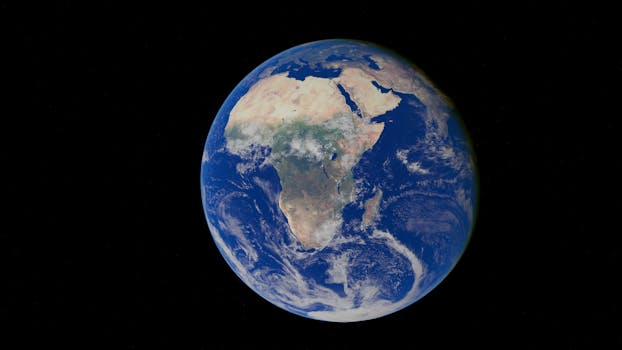
“
From Stardust to Dreams: Imagining Life Beyond the Stars
Introduction to the Cosmos
From Stardust to Dreams: Imagining Life Beyond the Stars is a journey through the universe, exploring the possibility of life beyond our planet. The cosmos has always fascinated humans, with its vastness and mysteries waiting to be unraveled. From the stars that twinkle in the night sky to the galaxies that stretch across the universe, the sheer scale of creation is awe-inspiring. In this article, we will delve into the wonders of the universe, exploring the possibility of life beyond Earth and the dreams that drive us to reach for the stars. For a deeper exploration of these themes, check out Galaxies of Dreams: How Imagination Transcends the Night Sky.
Understanding the Universe
The universe is estimated to be around 13.8 billion years old, with the first stars forming around 13.6 billion years ago. These early stars were massive and short-lived, burning through their fuel quickly and exploding as supernovae. The elements created in these supernovae, including carbon, nitrogen, and oxygen, are the building blocks of life as we know it. The universe has been expanding ever since the Big Bang, with galaxies moving away from each other at incredible speeds. Our own galaxy, the Milky Way, is just one of billions of galaxies in the observable universe, each containing billions of stars. To understand more about the impact of imagination on our perception of the cosmos, read Soaring Through the Cosmos: The Power of Imagination Beyond the Stars.
Exploring the Possibility of Life Beyond Earth
The possibility of life beyond Earth is a tantalizing one, with scientists and theorists proposing various scenarios for how life could exist elsewhere in the universe. One of the most popular theories is the Goldilocks Zone, which suggests that planets must be at a certain distance from their star to support liquid water and, therefore, life. Other theories propose that life could exist in the form of extremophiles, organisms that thrive in extreme conditions such as high temperatures or high pressures. The discovery of exoplanets, planets that orbit stars other than the Sun, has also raised hopes of finding life beyond Earth. For a more comprehensive look at these possibilities, see From Stardust to Dreams: Imagining Life Beyond the Stars – Exploring the Possibilities of Life in the Universe.
Imagining the Dreams of Space Exploration
Space exploration has always been driven by humanity’s innate curiosity and desire to push beyond the boundaries of what is possible. From the early pioneers of space travel to the modern-day astronauts who venture into the cosmos, the dream of exploring the universe has been a constant driving force. The idea of establishing a human settlement on another planet, such as Mars, is a tantalizing prospect, with many scientists and theorists proposing various scenarios for how this could be achieved. Whether through terraforming, the process of making a planet habitable, or through the construction of massive generation ships, the possibilities for space exploration are endless.
Takeaways
- The universe is vast and complex, with many mysteries waiting to be unraveled.
- The possibility of life beyond Earth is a tantalizing one, with scientists and theorists proposing various scenarios for how life could exist elsewhere in the universe.
- Space exploration has always been driven by humanity’s innate curiosity and desire to push beyond the boundaries of what is possible.
- The dream of establishing a human settlement on another planet is a tantalizing prospect, with many scientists and theorists proposing various scenarios for how this could be achieved.






